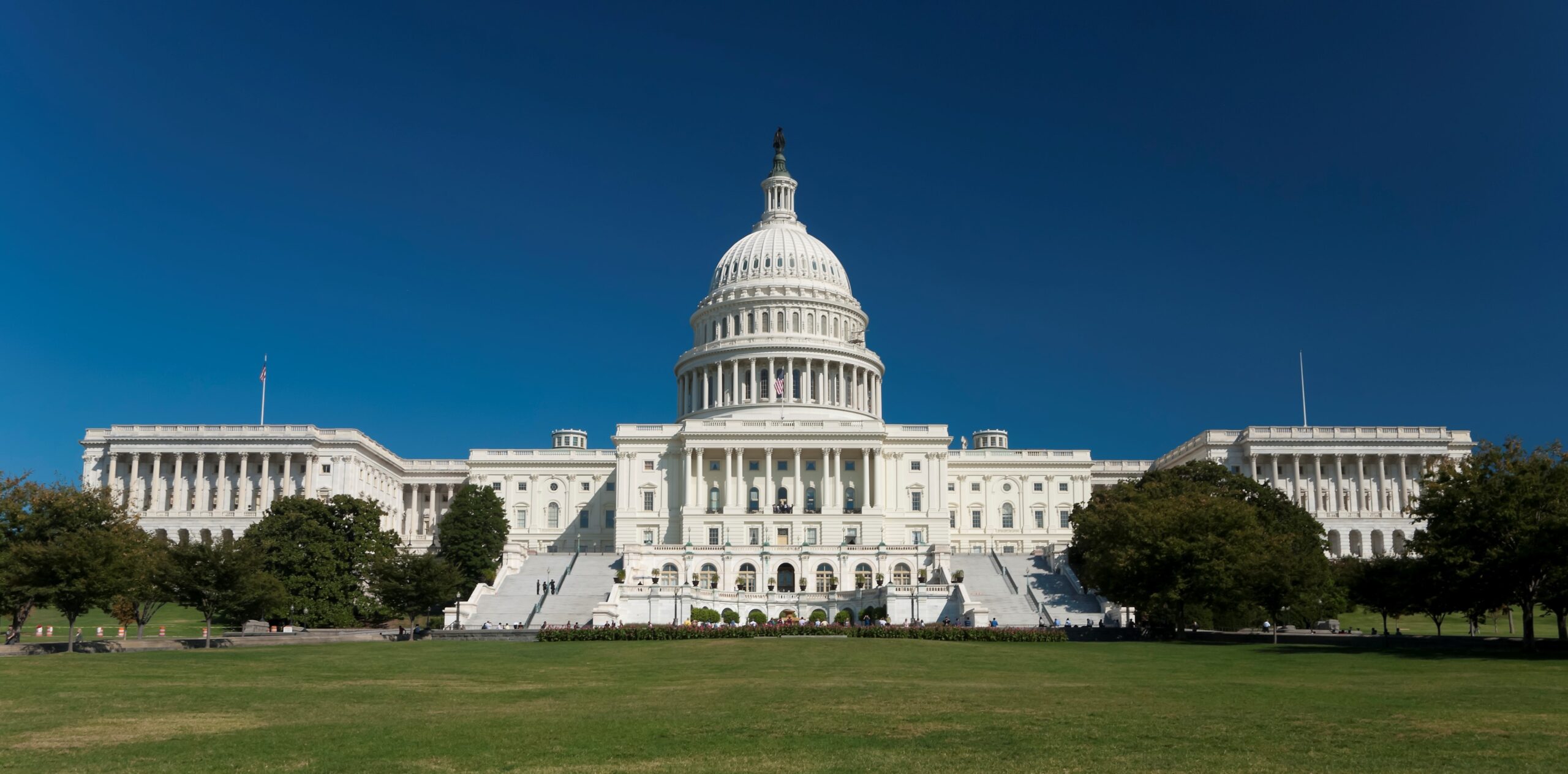You know the old adage, ‘those that don’t learn from history are doomed to repeat it.’ Coming off the COVID-19 public health emergency that has thus far claimed the lives of 1.2 million Americans, there are discussions in Congress to significantly cut funding for public health initiatives to dangerously low levels – again. And it doesn’t have to be like this.
Why do we go through these bleak cycles when anchoring public health in policymaking is a win-win decision for everyone – from elected officials to individual constituents.
Federal public health funding is facing challenges on multiple fronts right now. Congress continues to negotiate appropriations bills for the 2024 fiscal year, which will have major implications for the next fiscal year and beyond. The current short-term funding agreement for Health and Human Services expires on March 22. If Congress passes another continuing resolution rather than new appropriations, it could trigger extreme, across-the-board cuts to non-defense spending.
First, continuing resolutions, which are short-term measures to fund the government at the previous year’s levels, negatively impact the systems we need to protect the nation’s health. And severe cuts triggered by failing to pass a long-term spending bill would be even more dangerous. TFAH has joined more 1,000 other organizations in urging Congress to pass a full-year funding bill using the bipartisan framework laid out in the Senate as a starting point for negotiations.
Secondly, the FY2024 bills proposed by the House and Senate for Labor, Health and Human Services, Education and Related Agencies – the main funding source for public health programs – are vastly different and neither addresses the chronic underfunding of public health. Congress has already rescinded hundreds of millions of dollars intended to shore up the public health workforce and readiness and response efforts. The Senate’s bill proposes a small cut to the Centers for Disease Control and Prevention (CDC), and the House version would cut about $1.6 billion from CDC’s budget. TFAH and partners have called for a $2.5 billion increase for CDC.
Finally, we continue to see proposals to cut the Prevention and Public Health Fund, a critical investment in programs ranging from immunizations to tobacco use prevention. If these proposals were to move forward, this would again push public health funding into the “bust” phase of a decades long “boom and bust” funding pattern.
The health, safety, and well-being of individuals and communities should be at the foundation of U.S. policy and be funded accordingly.
Imagine if we fully invested in the prevention of adverse childhood experiences, suicide, and substance misuse. Many communities would see suicide and overdose rates fall.
Imagine if we prevented the root causes of death, injury, and excess healthcare costs instead of spending trillions of dollars to treat preventable chronic conditions. Workers would be healthier and more productive, employers would face fewer financial burdens, and the nation would be more resilient and thriving.
Imagine if CDC, state, local, tribal, and territorial health departments had modern data systems instead of rudimentary spreadsheets to track the spread of diseases. This country could contain potential outbreaks in their earliest stages and save lives.
Much of our health and well-being is determined by economic, environmental, and societal factors. In the midst of a recent and troubling decrease in life expectancy, TFAH believes that investing in the foundations of public health and effective prevention programs is a critical and indispensable path forward to protecting and promoting the health of the nation.


